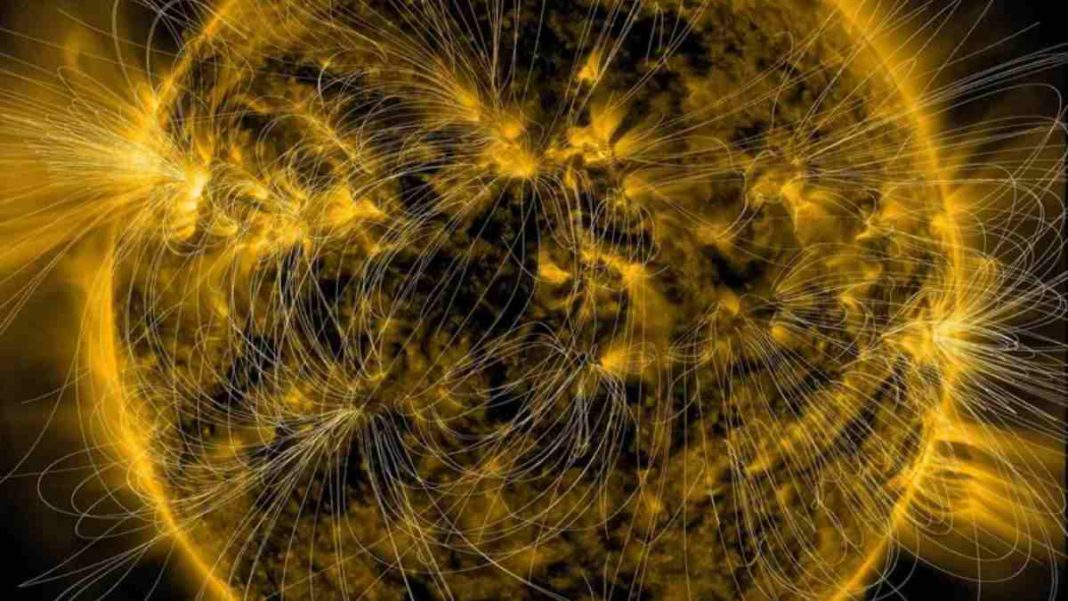JAPAN: New research by two astrophysicists suggests that the Sun, the fiery star at the center of our solar system, may be smaller than previously believed.
The new findings, currently under peer review, challenge conventional wisdom and could have far-reaching implications for our understanding of the cosmos.
The paper, authored by astrophysicists Masao Takata from the University of Tokyo and Douglas Gough from Cambridge University, introduces a fresh perspective on the Sun’s dimensions. Their research centers on sound waves, specifically the pressure or p-modes, generated and trapped within the Sun’s hot plasma interior.
While the traditional method of measuring the Sun’s seismic radius has relied on f-mode oscillations, Takata and Gough argue that p-modes offer a more reliable view of the Sun’s interior.
These p-modes extend further into the Sun and are less susceptible to interference from magnetic fields and turbulence in the upper boundary layer of the Sun’s convection zone.
According to the researchers, the new approach to measuring the Sun’s radius suggests a slight deviation from the previously accepted value.
Using only p-mode frequencies, Takata and Gough propose that the solar photospheric radius may be very, very slightly smaller than the standard solar model.
The following highlights the essential distinctions between the two oscillation modes in the research paper’s introduction: The measurements of the Sun’s radius obtained from the analysis of f-mode frequencies are less than the photospheric radius obtained from direct optical measurement by a few hundredths of a percent.
A portion of this discrepancy can be explained by realizing that the structure of these basically adiabatic oscillation modes is mostly determined by density fluctuation well below the star’s photosphere, not by some component of radiative intensity.
In essence, the new findings suggest that the Sun’s size may have been underestimated due to the limitations of the traditional measurement method. The researchers argue that the p-modes should be used as the preferred approach to measuring the Sun’s radius.
The paper concludes with a proposition for a differently defined seismic radius based on p-mode frequencies. This seismic radius is calibrated by identifying the point in the subphotospheric layers where the first derivative of the density scale height changes discontinuously.
The results of this approach support the notion that the Sun’s size, as determined by p-modes, is slightly smaller than previously thought.
Furthermore, the researchers suggest that reevaluating the Sun’s size based on p-modes leads to a deeper understanding of the role of the total mass constraint in the structure inversions, potentially reinterpreting the sound-speed inversion.



